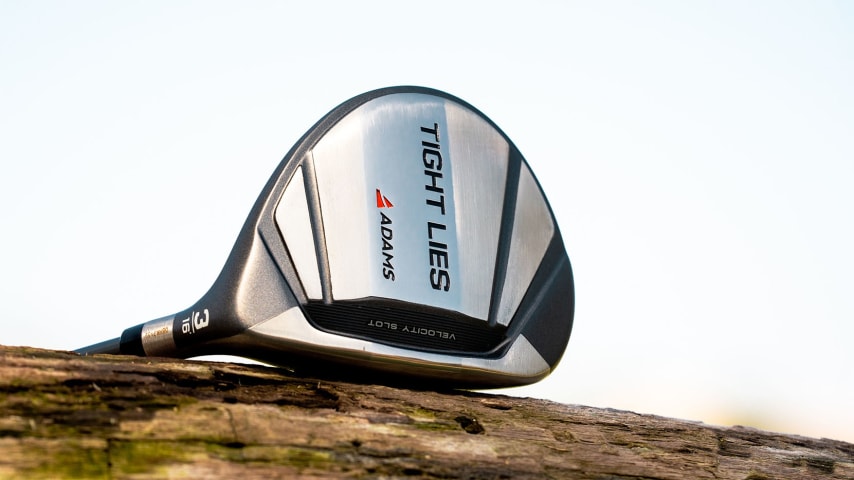A closer look at the prototype driver Bryson DeChambeau is using for the World Long Drive Championship
3 Min Read

Written by GolfWRX

Bryson DeChambeau’s best drives of 2020-21 season
Bryson Dechambeau belted five drives in excess of 400 yards in Tuesday’s opening session of the Professional Long Drivers Association World Championships in Mesquite, Nevada.
Dechambeau’s much ballyhooed bid to compete against the professional long drivers — and just a few days after the conclusion of the Ryder Cup — has captivated the gold world. Even casual fans of the Golfing Scientist have to admit they’re curious to see how the TOUR’s longest hitter stacks up against the guys who blast bombs for a living.
Of course, at the Equipment Report, our interest is a tad more specific. Namely, how would Bryson switch up his driver setup to hit the golf ball as far as he possibly can — with only a modest concern for accuracy.
According to Cobra’s Ben Schomin, DeChambeau is using a prototype Cobra RadSpeed driver with 5 degrees of loft for this week’s competition (he used a 2015 Cobra King LTD Pro driver for most of the 2021 season). We assume that, since the club is outfitted with a MyFly loft sleeve, the club is turned down a half-degree from the 5.5 degrees it is labeled as having. DeChambeau could dial the loft down even further — to as low as 4 degrees with the MyFly adjustability.
“We chose to remove adjustable weights to lighten overall head weight and give us more discretionary internal weight movement,” Schomin told PGATOUR.COM.
According to Schomin, along with the 190-gram head, Bryson is using a 48-inch version of the LA Golf Axis Blue 60 X shaft he plays on the PGA TOUR.
Two interesting items here about the clubhead: the weight ports and hot melt.
In a bid to maximize ball speed while still offering a measure of forgiveness, the retail Cobra RadSpeed driver has a 12-gram weight near the face and a two-gram weight near the rear of the club. Cobra’s RadSpeed driver uses radial weighting, by which engineers were able to maximize the distance between the front and back weights for greater stability. Built on a T-Bar Speed Chassis, RadSpeed drivers also feature a thin-ply carbon wrap crown for additional weight savings.
While it looks similar at first glance, Bryson’s prototype driver doesn’t have those weights. Instead, it appears the spaces for the weights has been filled with a lightweight material. This provides Cobra’s team with an additional 13-14 grams of weight to position in the club in order to achieve Bryson’s preferred launch and feel.
Rather than relying on the RadSpeed’s adjustable weighting, Schomin and Cobra’s team opted for a more old-school (yet still widely used) method of “internal weight movement”: hot melt.
Also known as “rat glue” by gearheads — owing to the similarity between the properties of the substance and the material found in glue traps — hot melt is injected into clubheads via a hot glue gun with a long nosel.
Hot melt is used for both objective and subjective reasons. Subjectively, injecting the thermoplastic adhesive into a driver can alter the sound and feel of a club to bring it more in line with a player’s preferences. On the more objective front, hot melt injected into the toe of a club will help promote a fade bias, into the heel will aid a draw, near the face of the club will lower spin and trajectory, and near the rear of the club will increase forgiveness and launch. It’s similar to how players use lead tape to alter a club’s center of gravity and change the ball flight it produces.
It’s a complex recipe, and Bryson’s goals — high launch and low spin — dictate the formula for where exactly the “rat glue” has been placed. It’s unclear whether he favors a head that is more draw or fade-biased for long drive and if hot melt has been used to facilitate a particular ball flight, however.
While Cobra didn’t share the spin nor launch numbers Bryson is targeting, we can safely assume he’s looking for low spin and high launch. A recent Instagram post had DeChambeau generating 2,144 rpm of spin and a launch angle of 8.8 degrees on a drive that carried 383.1 yards.





